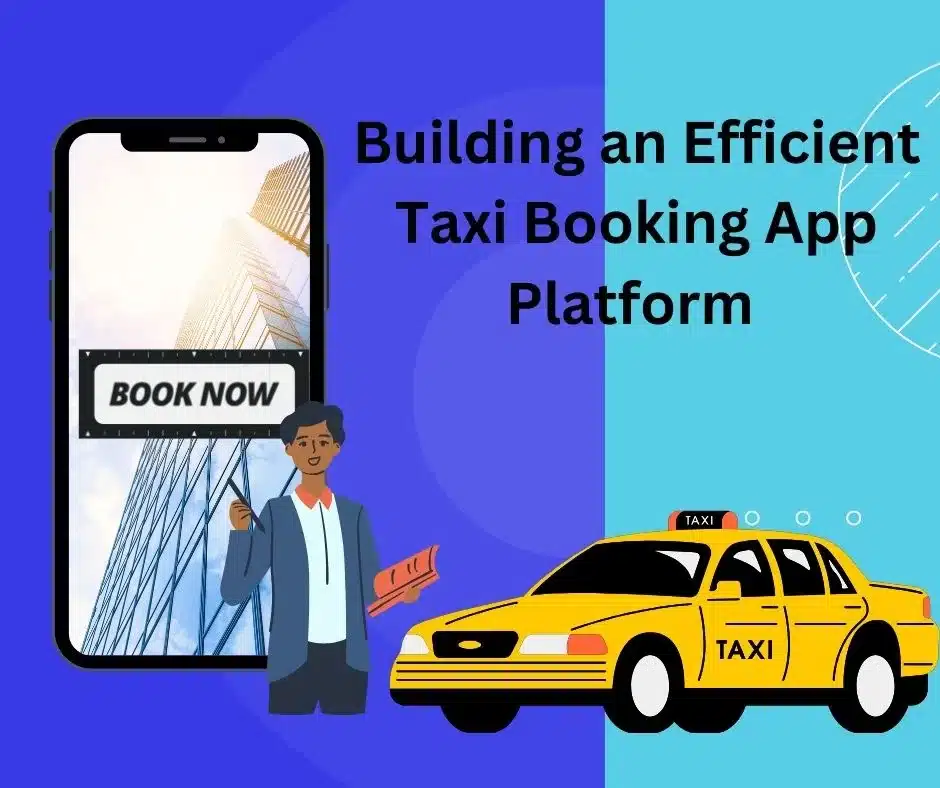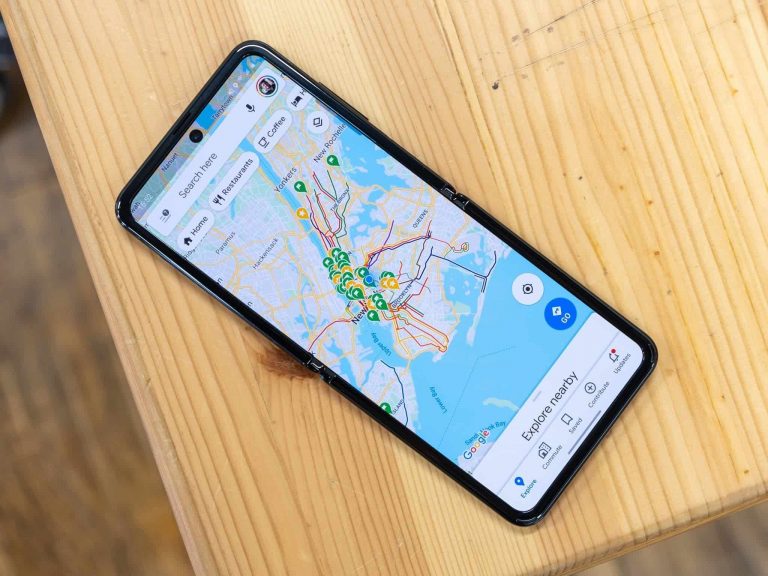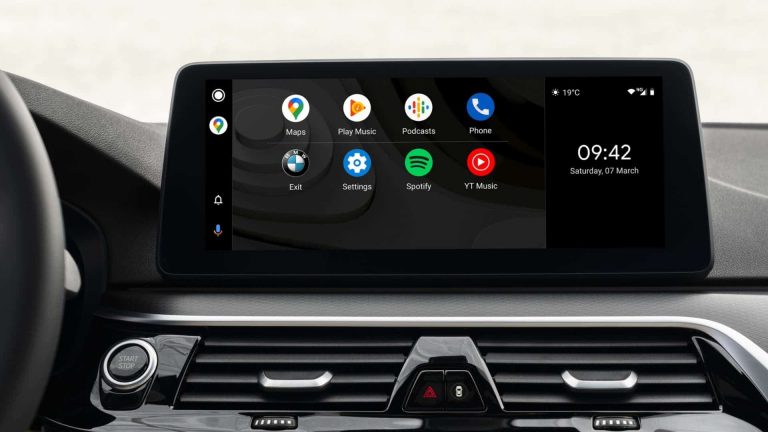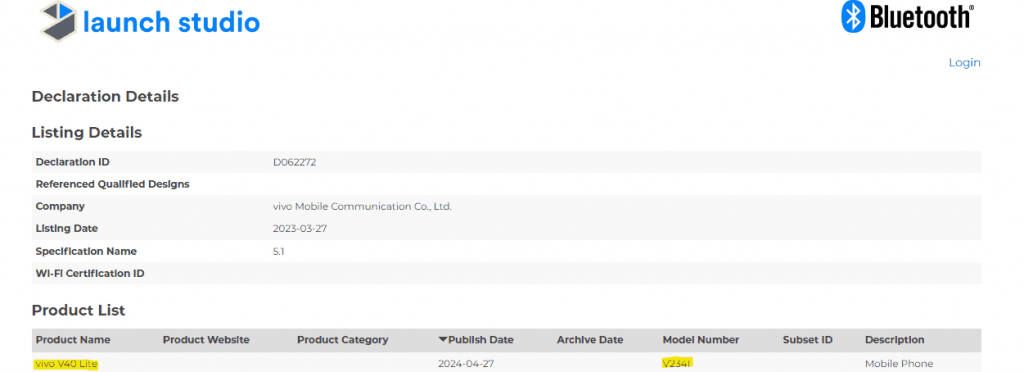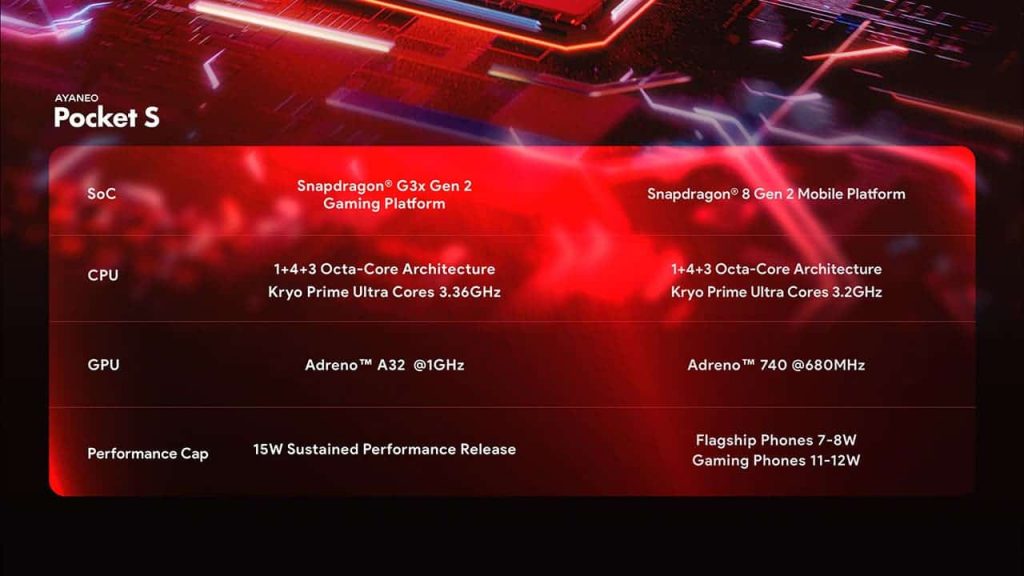Discover the comprehensive guide to building an efficient taxi booking app platform from request to ride. Explore key components, standout features, and a step-by-step process to ensure success in the competitive transportation industry.
In recent times, the way we travel and commute has changed considerably. With the onset of smartphone phones, high-speed internet, and digital apps, booking a ride from anywhere and at any time is possible. Apps like Uber and Lyft have transformed the transportation and communications sector by offering on-the-go services to people from all walks of life.
The global taxi booking landscape is expected to reach the USD 185 billion threshold by 2026. Another trend has been the entry of these applications into Tier-2 and Tier-3 cities worldwide. So, the time has never been better if you aim to enter the on-demand taxi market. The first step in your journey is to build a taxi booking app. How can you do so? Let us find out!
What is a Taxi Booking App Platform?
As the name suggests, a taxi booking app is a mobile application that enables people to book a taxi online with the help of the internet and a smart device, such as a phone or tablet. These apps have revolutionized transportation and intra-city commuting, as people do not have to worry about expensive fares, negotiating fares, parking woes, long waiting times, etc. With just a few taps, the smartphone secures the passenger a vehicle that reaches their doorstep on time.
These taxi booking apps are premised on a very user-friendly model. These ride-booking apps connect a passenger to nearby registered vehicles via interfaces. They usually consist of two domains – one for customers and one for drivers. Users download the application, create an account, and enter their pick-up and drop-off locations. The app then matches the passenger with nearby drivers, allowing them to track their ride’s progress and make secure payments.
The most popular on-demand ride-sharing apps include Uber, Lyft, Rapido and Ola. The former are global players and titans, whereas Rapido and Ola have captivated a stellar South Asian market.
Taxi Booking App Development – Getting the Basics Right
A taxi booking application has two interfaces – the user’s end, the rider’s end, and an admin dashboard. The key is to perfect all these three facets to create a seamless and comprehensive application.
Key Features for the User Interface
- User Registration and Profiles
Users must be able to create profiles in a few easy steps, manage their payment methods (whether they want to pay the fare through cash, credit, etc), and set other preferences.
- Booking a Ride
The ability to request a ride by specifying pickup and drop-off locations.
- Real-time Tracking
Users must be able to track their driver’s location and estimated arrival time.
- Payment Integrations
In-app payments, including credit cards, digital wallets, and cash, must be safe and easy.
- Driver Rating and Reviews
The penultimate feature of the user interface should be a review and feedback session through which users can provide feedback and ratings after each ride.
- Customer Support
Lastly, a taxi booking application is incomplete without providing users access to prompt and crisp customer support for issue resolution.
Key Features of the Driver Interface
- Driver Registration and Verification
Drivers must submit the required documents and undergo background checks.
- Ride Requests
The drivers should be able to accept or decide ride requests based on their availability and preference.
- Navigation and Routing
Thirdly, drivers must be able to use GPS navigation for efficient and prompt route planning.
- Earrings and Reports
The drivers should be able to monitor their earnings, view ride history, and generate reports.
- Customer Ratings
Drivers should be able to receive feedback and ratings from passengers.
Features of the Admin Dashboard
The admin dashboard must include the following key features –
- User and Driver Management
The admins should be able to manage user and driver accounts, including verification and approvals.
- Pricing and Fare Management
The second must-have feature of the admin dashboard is control over pricing strategies and fare calculation algorithms.
- Geo-location and Mapping
The third important feature is real-time maps and locations for analysis, investigation, and monitoring.
- Analysis and Reporting
The admin dashboard should also be equipped to provide data-driven insights and reports for business optimization.
- Emergency Response
Lastly, the admin dashboard should have protocols and tools to handle emergencies and ensure user safety.
Now that we have touched upon the key components of the three interfaces of a taxi booking application let us check out the elements that can make it stand out.
How to Build a Taxi Booking App – A Step-by-Step Guide
- Market Research
The first step is to indulge in rigorous market research. You should examine the local transportation of your target city, identify your clientele, and try to gauge their preferences, needs, and pain points.
- Legal Compliance
The second step is to ensure that your taxi booking app development adheres to local regulations, licensing, and data safety laws.
- Opting for the Right Tech Stack
You have to choose the right technology stack for your platform. So, consider factors like scalability, security, cost, etc.
The app you built should be user-friendly and visually appealing. It must be designed with the habits, preferences, and choices of the user kept in mind.
- Hire a Skilled Web Development
The right web development team can be a blessing in streamlining your app’s creation. So, the team of developers should be experienced and adept in the suitable languages.
- Ream-time Features
The app you built should have real-time features like live tracking, in-app messaging, and push notifications for a seamless user experience.
- Integrated Payment
The taxi booking app should have secure payment gateways to process transactions smoothly and seamlessly.
- Map and Navigation Integration
The eighth feature leverages mapping and navigation APIs to provide accurate route information to the driver and real-time tracking to the user.
- Testing and Quality Assurance
The penultimate step in taxi booking app development is rigorously testing your platform for bugs, security vulnerabilities, and overall performance.
Lastly, you should release your app on the market and promote it to the right clientele. Utilizing multiple marketing channels, such as social media, Google, physical marketing, and more, is essential.
Wrapping It Up
So, there we have a comprehensive guide to building an efficient taxi booking platform, from request to ride.
Via: gadget-rumours.com

